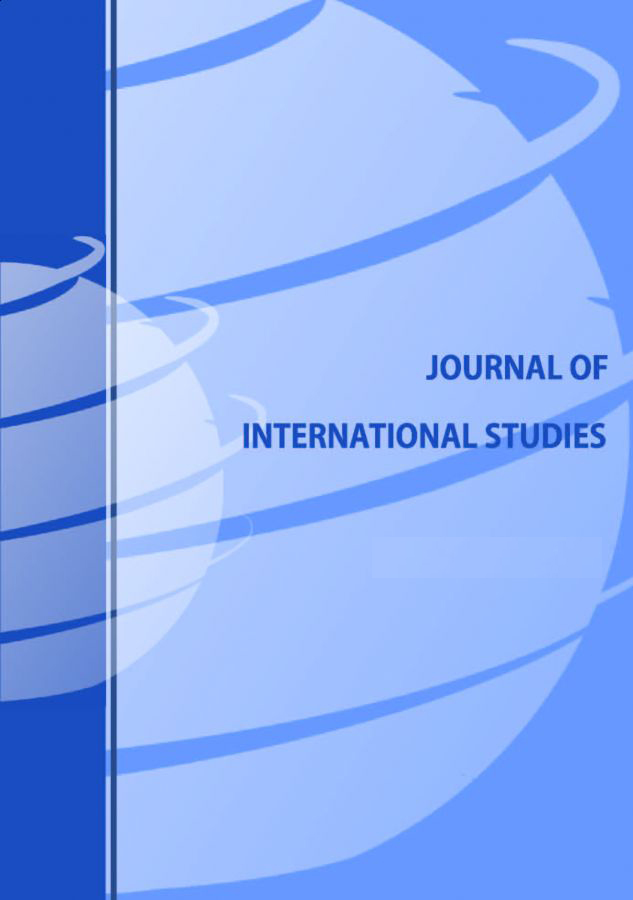MODE OF ENTRY, LOAN PORTFOLIO STRUCTURE, AND RETURNS OF FOREIGN-OWNED BANKS IN INDONESIA
MODE OF ENTRY, LOAN PORTFOLIO STRUCTURE, AND RETURNS OF FOREIGN-OWNED BANKS IN INDONESIA
Author(s): Apriani Dorkas Rambu Atahau, Tom Cronje, M. Shabri Abd MajidSubject(s): Geography, Regional studies, Supranational / Global Economy, Transformation Period (1990 - 2010), Present Times (2010 - today), Financial Markets
Published by: Fundacja Centrum Badań Socjologicznych
Keywords: portfolio theory; acquired foreign banks; greenfield foreign banks; concentration;
Summary/Abstract: This study empirically examines whether the mode of entry into the Indonesian banking sector affects loan portfolio structures and loan interest rates of foreign-owned banks (FBs). It also attempts to explore whether the mode of entry affects loan portfolio returns of FBs in Indonesia. The data of all FBs were analyzed over the period from 2003 to 2011 using univariate statistics and pooled regression analyses. The study finds significant differences in the loan portfolio structures and loan interest rates of FBs based on different modes of entry into the Indonesian banking sector. In addition, FB mode of entry significantly affects loan portfolio returns. The findings show that the loan interest rates charged by FBs that acquired domestic banks are higher than the interest rates charged by greenfield FBs, although they have lower returns on assets and equity. The study also provides evidence that the loan portfolio structures of FBs that acquired domestic banks as a mode of entry, are more diversified than that of greenfield FBs. From an overall perspective, these findings imply that the loan portfolios of FBs that acquired domestic banks, are more diversified to different sectors of the economy, whilst the financial returns of greenfield FBs are more efficient.
Journal: Journal of International Studies
- Issue Year: 12/2019
- Issue No: 2
- Page Range: 99-116
- Page Count: 18
- Language: English

